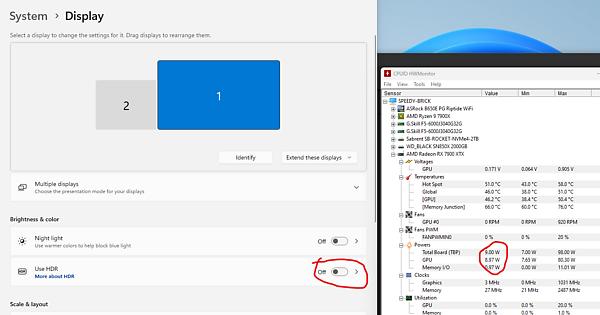

But of course, such based individuals will never be billionaires. Specifically because their basedness precludes them from being psychopathic enough to commit the kind of cutthroat, violent exploitation of tens of thousands of workers’ labor inherently necessary to amass such wealth.













Hasn’t threads not even turned on activitypub support yet?